Deals Still On This Weekend! A huge number of the Amazon deals are still going! This includes the Garmin Epix for just $459, and the Fenix 8 for $150 off. The Apple Watch Series 10 for $279, the GoPro Hero 13 Black for $329, smart trainers, drones, action cams, and plenty more! Go check out the full list here!
I’m DC RAINMAKER…

I swim, bike and run. Then, I come here and write about my adventures. It’s as simple as that. Most of the time. If you’re new around these parts, here’s the long version of my story.

You'll support the site, and get ad-free DCR! Plus, you'll be more awesome. Click above for all the details. Oh, and you can sign-up for the newsletter here!
Here’s how to save!
Wanna save some cash and support the site? These companies help support the site! With Backcountry.com or Competitive Cyclist with either the coupon code DCRAINMAKER for first time users saving 15% on applicable products.
You can also pick-up tons of gear at REI via these links, which is a long-time supporter as well:Alternatively, for everything else on the planet, simply buy your goods from Amazon via the link below and I get a tiny bit back as an Amazon Associate. No cost to you, easy as pie!
You can use the above link for any Amazon country and it (should) automatically redirect to your local Amazon site.
While I don't partner with many companies, there's a few that I love, and support the site. Full details!

Want to compare the features of each product, down to the nitty-gritty? No problem, the product comparison data is constantly updated with new products and new features added to old products!

Wanna create comparison chart graphs just like I do for GPS, heart rate, power meters and more? No problem, here's the platform I use - you can too!

Think my written reviews are deep? You should check out my videos. I take things to a whole new level of interactive depth!

Smart Trainers Buyers Guide: Looking at a smart trainer this winter? I cover all the units to buy (and avoid) for indoor training. The good, the bad, and the ugly.
-
Check out my weekly podcast - with DesFit, which is packed with both gadget and non-gadget goodness!

Get all your awesome DC Rainmaker gear here!
FAQ’s
I have built an extensive list of my most frequently asked questions. Below are the most popular.
- Do you have a privacy policy posted?
- Why haven’t you yet released a review for XYZ product you mentioned months ago?
- Will you test our product before release?
- Are you willing to review or test beta products?
- Which trainer should I buy?
- Which GPS watch should I buy?
- I’m headed to Paris – what do you recommend for training or sightseeing?
- I’m headed to Washington DC – what do you recommend for training?
- I’m from out of the country and will be visiting the US, what’s the best triathlon shop in city XYZ?
- What kind of camera do you use?
-
5 Easy Steps To The Site
In Depth Product Reviews
You probably stumbled upon here looking for a review of a sports gadget. If you’re trying to decide which unit to buy – check out my in-depth reviews section. Some reviews are over 60 pages long when printed out, with hundreds of photos! I aim to leave no stone unturned.
Read My Sports Gadget Recommendations.
Here’s my most recent GPS watch guide here, and cycling GPS computers here. Plus there are smart trainers here, all in these guides cover almost every category of sports gadgets out there. Looking for the equipment I use day-to-day? I also just put together my complete ‘Gear I Use’ equipment list, from swim to bike to run and everything in between (plus a few extra things). And to compliment that, here’s The Girl’s (my wife’s) list. Enjoy, and thanks for stopping by!
Have some fun in the travel section.
I travel a fair bit, both for work and for fun. Here’s a bunch of random trip reports and daily trip-logs that I’ve put together and posted. I’ve sorted it all by world geography, in an attempt to make it easy to figure out where I’ve been.
My Photography Gear: The Cameras/Drones/Action Cams I Use Daily
The most common question I receive outside of the “what’s the best GPS watch for me” variant, are photography-esq based. So in efforts to combat the amount of emails I need to sort through on a daily basis, I’ve complied this “My Photography Gear” post for your curious minds (including drones & action cams!)! It’s a nice break from the day-to-day sports-tech talk, and I hope you get something out of it!
The Swim/Bike/Run Gear I Use List
Many readers stumble into my website in search of information on the latest and greatest sports tech products. But at the end of the day, you might just be wondering “What does Ray use when not testing new products?”. So here is the most up to date list of products I like and fit the bill for me and my training needs best! DC Rainmaker 2024 swim, bike, run, and general gear list. But wait, are you a female and feel like these things might not apply to you? If that’s the case (but certainly not saying my choices aren’t good for women), and you just want to see a different gear junkies “picks”, check out The Girl’s Gear Guide too.

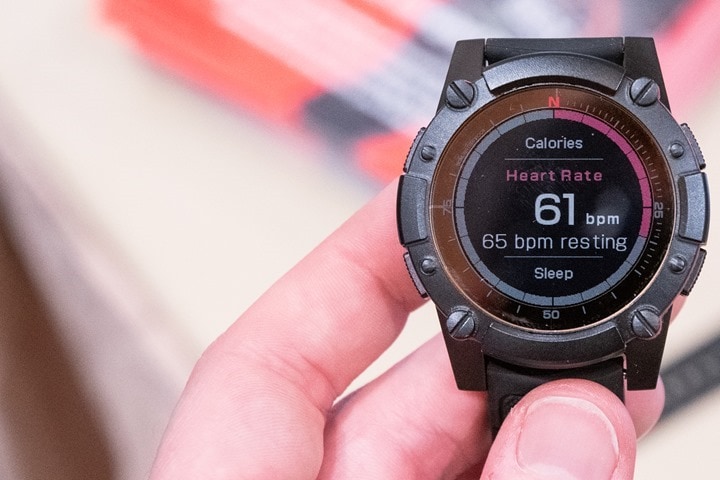

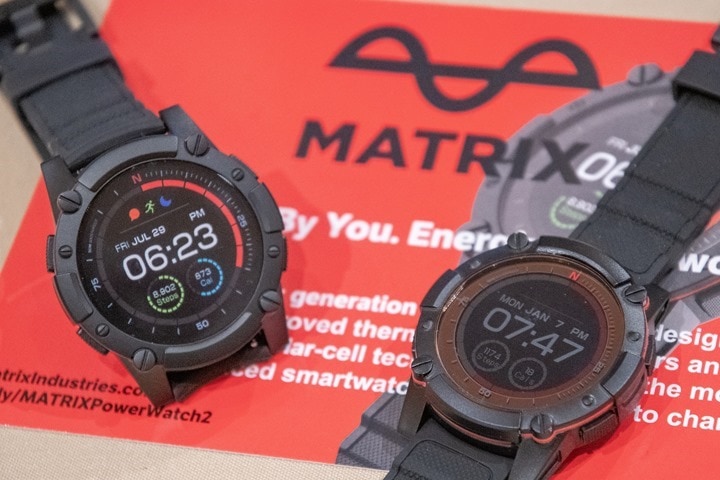

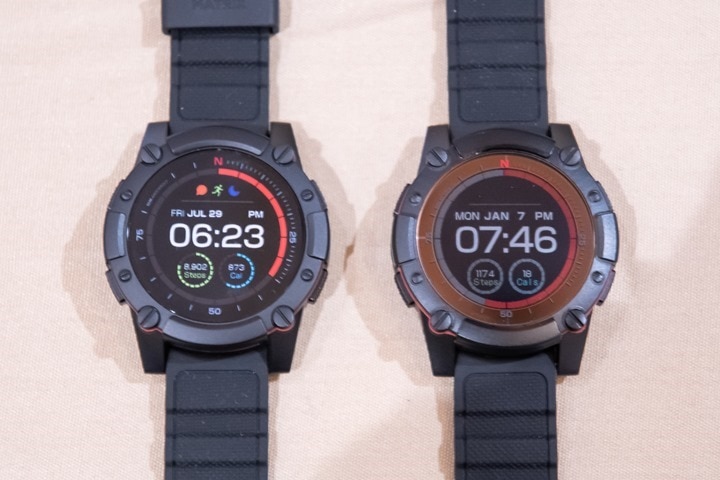
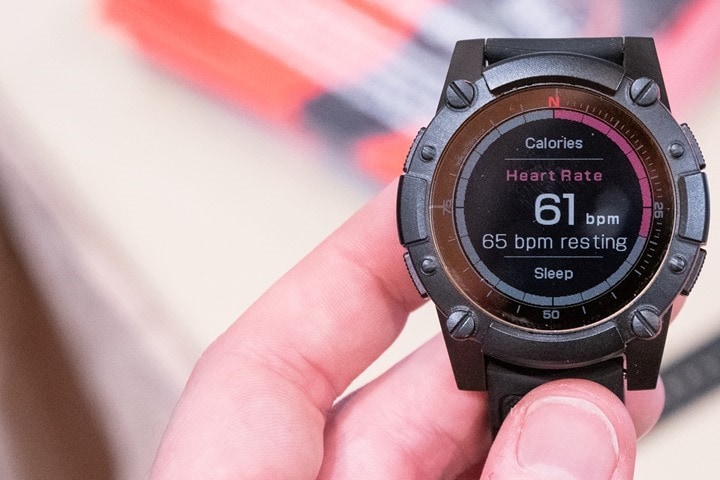
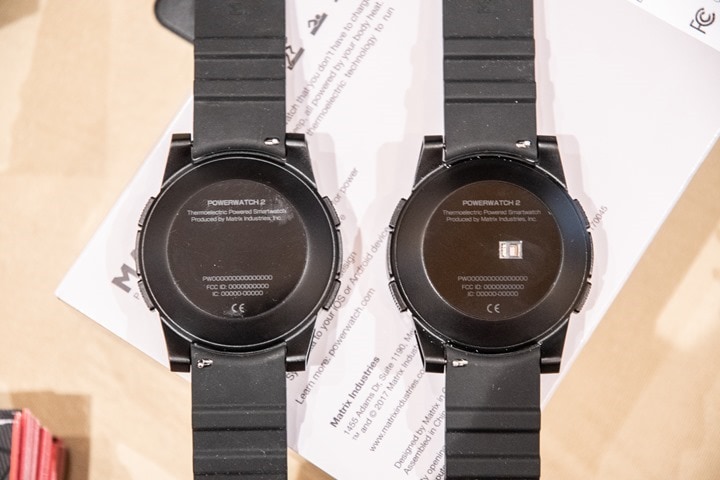
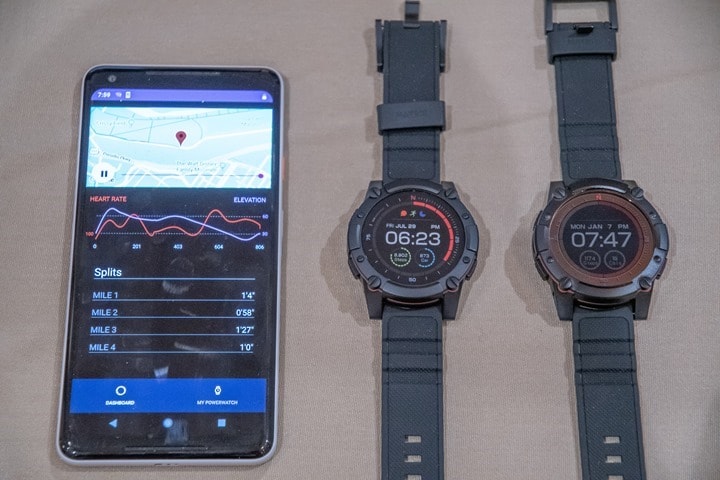
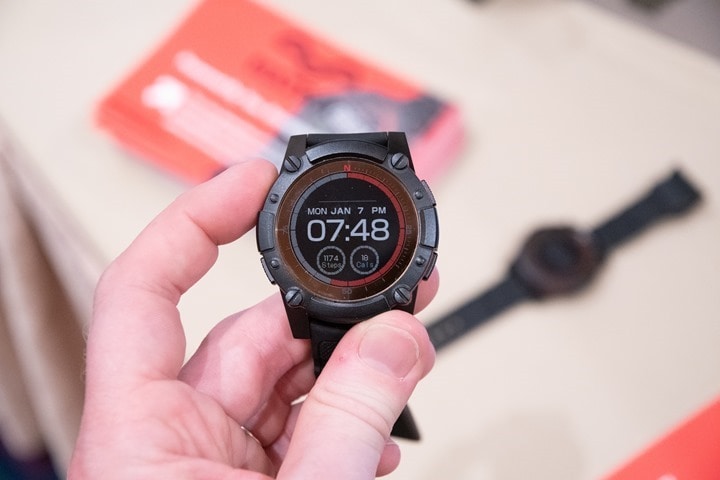













And here I was hoping to read about that bread machine… though might need the sourdough one mentioned in the article, to replace my homemade sourdough…
(If you need an excuse to talk about it Ray, it’s clearly running related; just use it as a fresh nutrition source for longer races!)
One question I had when I saw their ad on Facebook yesterday (didn’t click through): does it have a way to charge from a cable attached to a power source or does it completely rely on solar/body heat?
From an Amazon review of a previous model
” “powered by body heat”, which it will do some places, but not in warm climates….Support will then send you a “thermal charger”.”
That sounds pretty interesting but if this has solar than a desk lamp to charge.
Yeah, but its solar panels are tiny and solar power is largely about the collecting area of the panel (the actual presence of the sun is also important). If it can’t charge from an external source, they’re really limiting themselves. I can’t imagine anyone going on a multi-day anything not carrying a battery to recharge various electronics. If away from the grid, it’s going to be solar (with panels much larger than this watch) or crank based, but given the ubiquity and usefulness of electronics that need to be recharged it’s pretty much a requirement. Not being able to take advantage of that is strange.
Body heat / solar power for your basic fitbit step tracker etc? Their batteries last ages already why not my make them indefinite?
Gives them chance to sort out the power tech before going into high power requirement?
…just two side-tracks:
1. to the bread machine: there is no such thing as “no-carb”. Anything you eat will contain carbohydrates…
2. There is a forever running device, developed for container tracking. It is self-charging, even if there is no movement with the container mounted onto…
link to business.att.com
Anyone making a wrist band for the container tracking GPS device yet?
If the delta of energy generated by the device during non-GPS usage is positive, wouldn’t a larger batter solve the issue? I’m also wondering if there exists any technology (that could fit in the watch) for harvesting power from arm movement during a run.
They already have kinetic watches, but not sure if anything exists yet as a sports watch.
As you say the technology is probably not quite there yet to fully power all the features that, say a Garmin has to offer. Still I would find it interesting to see them add this kind of tech to simply *extend* battery life. Should still give a decent boost for people that don’t do too many long workouts and where the majority of battery drain happens slowly in watch mode.
It will be very interesting to see how the body heat and solar powered watches are going to turn out.
As the body heat charging relies on temperature differential, anything that makes the top temperature closer to the bottom (your skin) temperature, such as covering by long sleeves (winter) or hot out (summer), means less charging. That is still likely their biggest obstacle to making body heat charging more useful. They just need to find a way to get around the laws of thermodynamics. Or find humans with a fever.
Or, you can sprinck watch with water — it evasporates and lovering watch temperature thus.
or even better, going to the swim.
and apart of that, on doing physical activity, your body temperature increases.
so, thing, in general, was good…
strange, it has no make solar battery to all face area – i suppose, a casio solar powered have solar who cover all watch face in underlay…
Seems like a larger solar panel on a tether would be useful, although maybe that would impact the waterproofing. Similarly, having a larger thermal conversion unit on, say, the torso connected by a tether might be interesting if not too cumbersome.
Don’t know how packed your schedule there is, but would really like to get your take on this while you’re there at CES: link to wareable.com
“…that’s like bringing a butter knife to a tank fight.” A great analogy that I hope they are aware of, and Ray definitely still has his mind on bread.
“…that’s like bringing a butter knife to a tank fight.” A great analogy that I hope they are aware of, and Ray definitely still has bread on the mind.
I could see this being useful for multi day/stage events and also for the very casual user for smartwatches (rather than activity trackers) as smartwatches tend to need the charges daily whereas this might extend it greatly.
Seems like body heat charging is more for cool indoor use. It doesn’t charge off heat. It charges off a differential in heat
wonder what the size/weight of these charging mechanisms are compared to adding a bit of extra battery. Short of being able to refill the battery during long periods away from the grid, it’s not clear there are many scenarios where this is a net win. For most scenarios, one of the those battery packs with a solar panel is probably a better bet.
Theoretically wouldn’t powered-by-motion based on arm swing while running capture more energy than thermo-electric based on body heat at your wrist?
In the healthcare business, nurses are finding that individuals who have pursued an RN-BSN diploma program tend to be times prepared to proceed from traditional patient care to distinct roles in the health care sector. You can read more at here
How about an updated review on this one? :)
Yes, updated review of this one we seek ! :-)
I personally think the vendor of this watch developed the watch just as a showroom for licensing their solar/thernal charging technologies… And we have just been introduced to Garmin Fenix 6X Pro Solar…